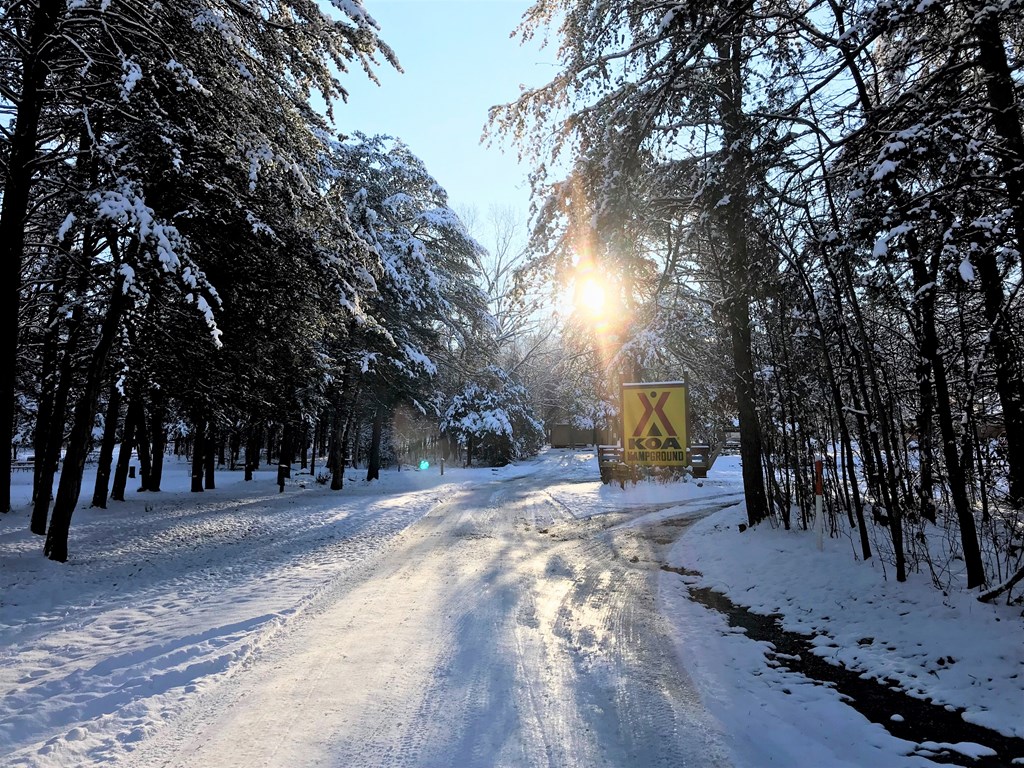Your cart is empty!
Make checkout easy by booking all your reservations at once. Add your sites from different campgrounds into your shopping cart* and then choose checkout.

Here at the Harrisonburg/Shenandoah KOA, we stay open all year! Just because it gets cold, doesn’t mean you can’t tent camp.
You may think it sounds crazy, but with the right supplies and a few ideas on how to keep warm- winter can be a wonderful and peaceful time to do some camping.
So how do you keep warm and dry when you camp on a cold winter’s night?
Here are some great tips you can follow:
I hope that this encourages you to get out there and try some winter camping! The prices of the sites are generally less than the summer, and it is normally so peaceful during the off season.
That doesn't mean this area has to always be empty. When you start reviewing camping options, your history will display here to help compare sites and find the best stay. You will be able to share your stay information with friends or family and save it for a later time if you have a KOA Account.
Make checkout easy by booking all your reservations at once. Add your sites from different campgrounds into your shopping cart* and then choose checkout.